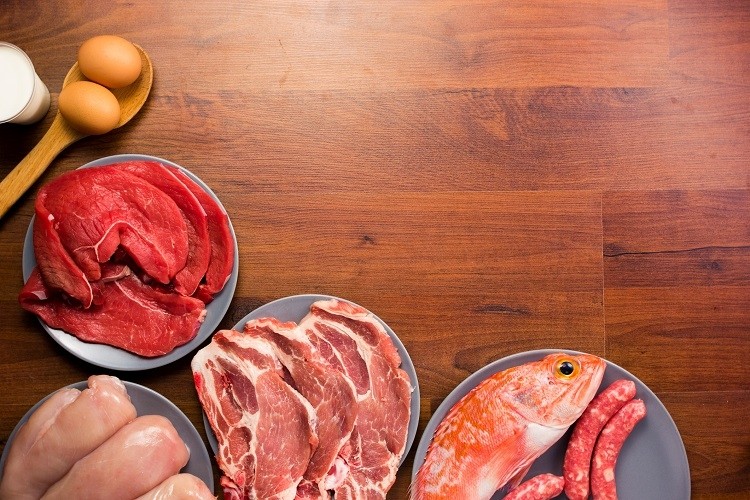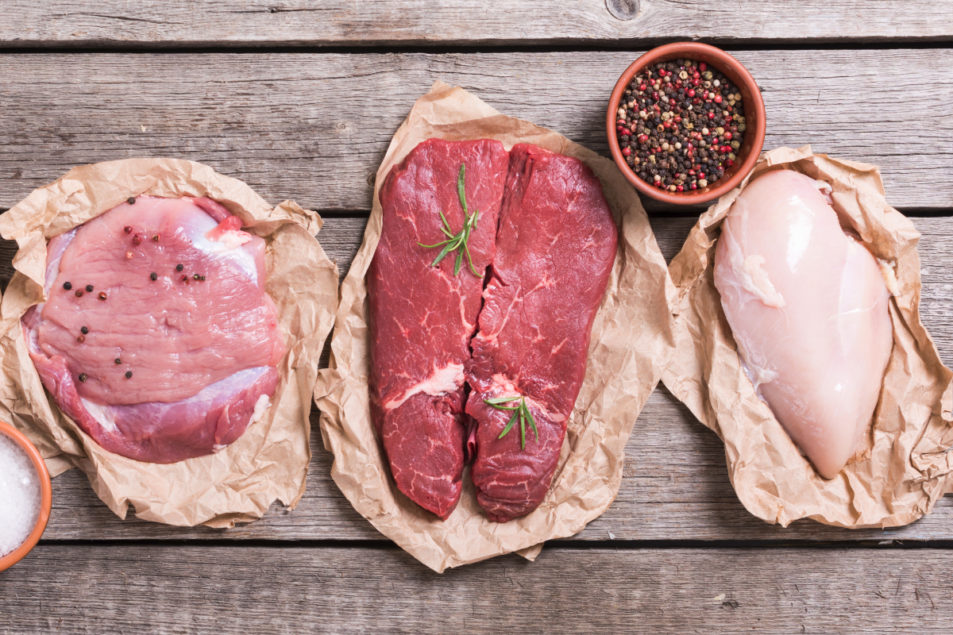South Korea’s Alt-meat
Researchers are working to improve the texture and flavor of vegan meat substitutes.
Advocates for the vegan lifestyle say these substitutes are also much more friendly to the environment.
Lee Shi-hoo reports.
Meat alternatives.
The term refers to substitutes for meat, which are made of vegetarian ingredients.
With increasing awareness of animal rights and the environment, the market for meat alternatives is exploding.
“South Korean companies are also jumping in on the trend, with both startups and conglomerates launching new meat alternative products like this Korean barbecue and steak. But what exactly are meat alternatives?”

Well, there are many types of meat alternatives as different companies incorporate different technology as they try to replicate the taste of meat.
First, the plant and fungus-based meat substitutes use ingredients already familiar like soybeans and mushrooms.
As well as plant-based types, there is another source of meat alternatives being explored:
single-cell proteins.
Instead of turning plants or fungus into food products, developers are growing cultures of proteins extracted from yeast, bacteria, or microalgae.
They require less space to grow compared to conventional meat and have a smaller carbon footprint.
In addition to single-cell proteins, researchers at a start-up in Korea are working to grow cultures of meat cells from cows and pigs.
This type of meat alternative is called cultured or cultivated meat.
Although the cells are initially extracted from animals, the cultured meats do not require further sacrifice from the animals as the cells are grown in labs.
In addition to these start-ups, a number of conglomerates in South Korea have launched new meat alternative products and restaurants.

Have you had meat alternatives before?
No.
It’s your first time trying, how does it taste?
I can’t tell it apart. I was just saying that the ham alternative tastes similar to regular ham.
How about the flavor?
It’s delicious.
“But there still are concerns regarding the safety and regulation of meat alternatives.
As the meat alternatives market is still emerging, different countries have adopted different standards for regulation.
The regulation not only applies to the production process, but to the naming itself as some in the livestock industry are opposed to the use of the word “meat” in descriptions of alternative meat products.”

However, a legal expert in food and nutrition says that South Korea maintains quite strict standards when it comes to consumer safety.
“I think that in the early stages of development, we should encourage more research and development so we can come up with more possibilities.”
According to data from National Geographic, 36 percent of the world’s crop calories are fed to livestock, which is finally consumed by humans.
This means that if we eat less meat, there may be more food around for humans around the world to consume.
And meat alternatives can mark the initial steps to such change, one meaty bite at a time.
Lee Shi-hoo, Arirang News.










